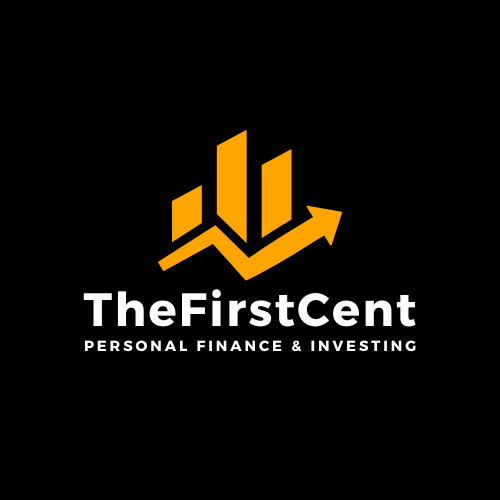In a world where financial freedom feels elusive, dividend investing offers a practical path to building passive income. By investing in dividend-paying stocks, you can create a reliable stream of income while potentially growing your wealth over time. Here’s a comprehensive guide to understanding dividend investing and how you can leverage it to achieve financial independence.

What is Dividend Investing?
Dividend investing involves purchasing shares of companies that regularly distribute a portion of their earnings to shareholders in the form of dividends. These payouts are typically made quarterly and provide a steady income stream, making them an attractive option for investors seeking passive income.
Why Choose Dividend Investing?
- Steady Income Stream: Dividend-paying stocks can provide consistent cash flow, ideal for supplementing your income or reinvesting for compound growth.
- Capital Appreciation: While dividends offer immediate returns, the underlying stock price can also grow, increasing your overall investment value.
- Lower Volatility: Dividend-paying companies are often well-established, financially stable, and less volatile than growth-oriented companies.
- Inflation Hedge: Some companies increase their dividends over time, helping your income keep pace with inflation.
How to Get Started with Dividend Investing
1. Understand Key Metrics
Before investing, familiarize yourself with these essential metrics:
- Dividend Yield: The annual dividend payment as a percentage of the stock’s price. A higher yield isn’t always better; consider the company’s financial health.
- Payout Ratio: The percentage of earnings paid out as dividends. A payout ratio below 60% is often considered sustainable.
- Dividend Growth Rate: The rate at which a company has increased its dividends over time. Consistent growth is a good indicator of financial stability.
2. Choose the Right Stocks
Look for companies with a strong track record of paying and growing dividends. These are often referred to as “dividend aristocrats” or “dividend kings” for their consistent payouts over decades.
3. Diversify Your Portfolio
Avoid putting all your eggs in one basket. Diversify across sectors like utilities, consumer staples, healthcare, and technology to reduce risk and stabilize your income.
4. Reinvest Your Dividends
Many brokerage accounts offer a Dividend Reinvestment Plan (DRIP), which automatically uses your dividends to purchase more shares. This accelerates compounding and grows your portfolio faster.
5. Monitor and Adjust
Keep an eye on your investments and stay informed about any changes in a company’s financial health or dividend policy. Adjust your portfolio as needed to stay aligned with your goals.
Advantages of Dividend Investing
- Predictable Cash Flow: Unlike relying solely on stock price appreciation, dividends provide a tangible return on investment regardless of market fluctuations.
- Retirement Security: Dividend income can serve as a vital component of your retirement strategy, providing regular payouts to cover living expenses.
- Tax Efficiency: In many countries, qualified dividends are taxed at lower rates than ordinary income, making them a tax-efficient income source.
Risks to Consider
- Dividend Cuts: Companies can reduce or eliminate dividends during financial difficulties.
- Market Risk: Stock prices can fluctuate, affecting the value of your investments.
- Concentration Risk: Over-relying on a few high-yield stocks can expose you to significant losses if those companies underperform.
A Real-Life Example of Dividend Growth
Consider investing $10,000 in a stock with a 4% annual dividend yield and reinvesting all dividends. With an average annual dividend growth rate of 5% and modest stock price appreciation, your portfolio could double in value over 15-20 years, showcasing the power of compounding.
Final Thoughts
Dividend investing isn’t a get-rich-quick strategy, but it’s a proven method for building wealth and generating passive income over time. By selecting high-quality, dividend-paying stocks and staying committed to your investment plan, you can create a financial cushion that grows steadily year after year. Start small, stay consistent, and watch your passive income grow—one dividend at a time.
